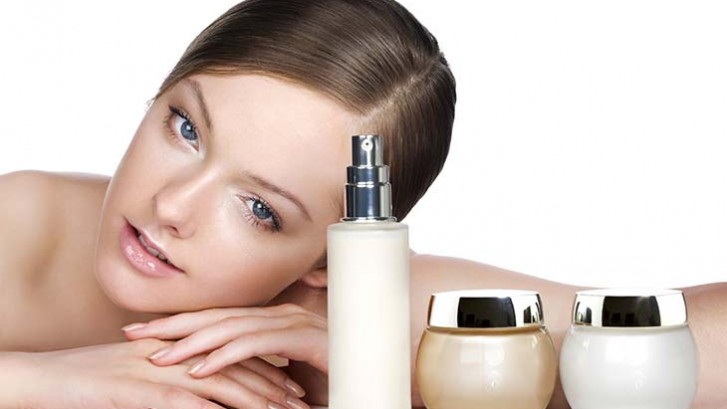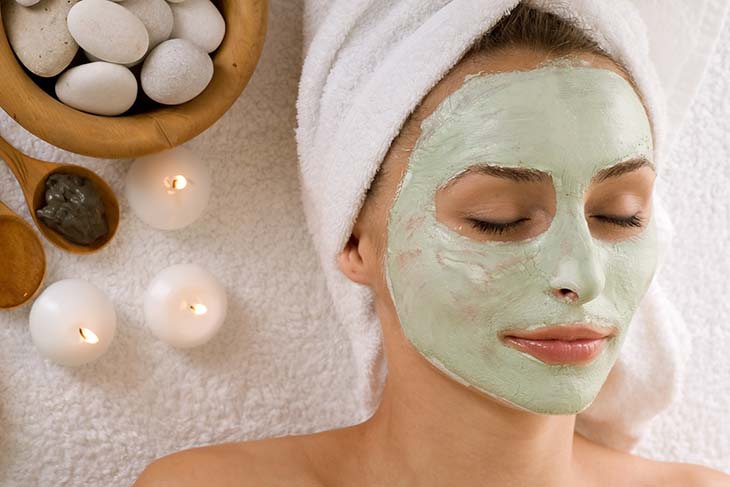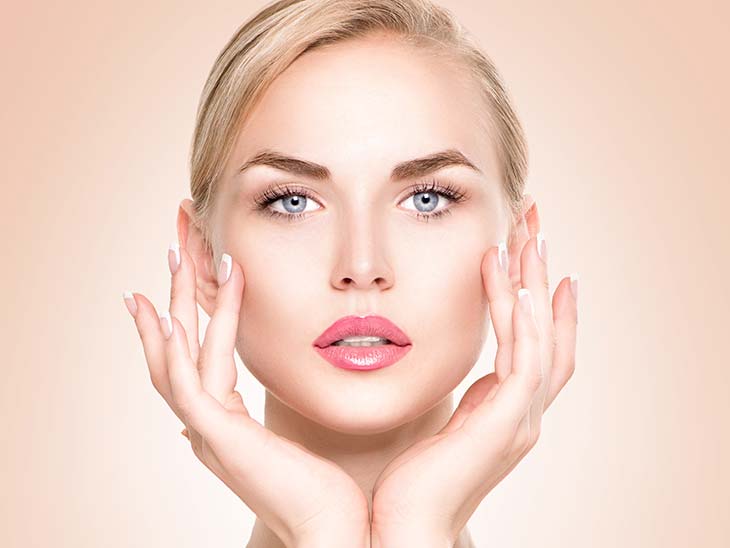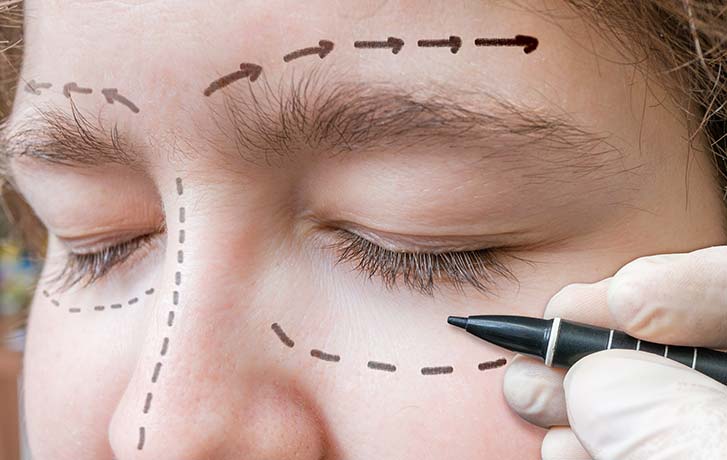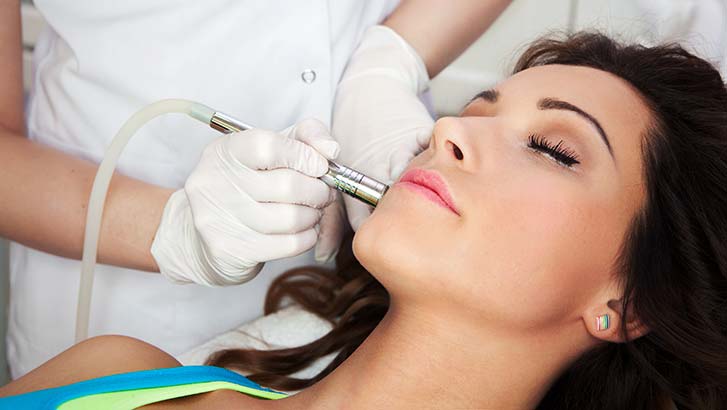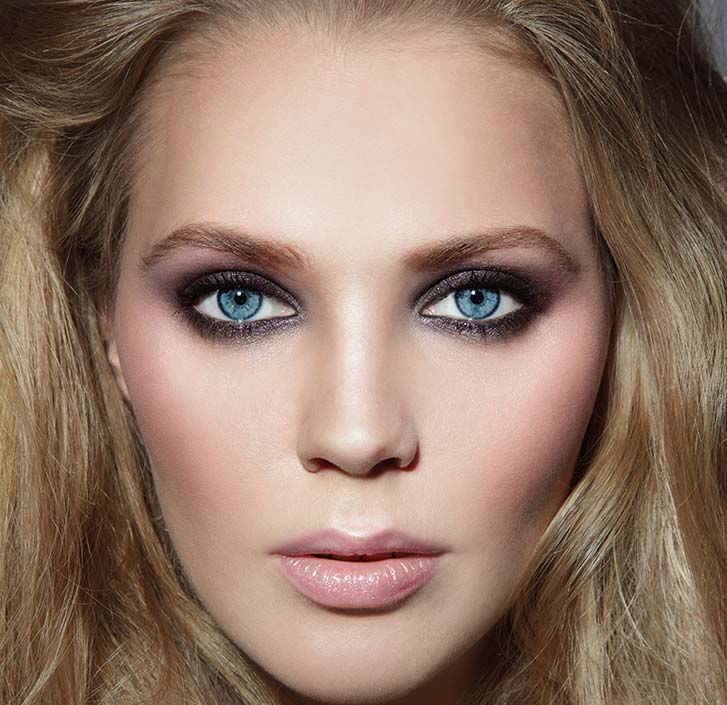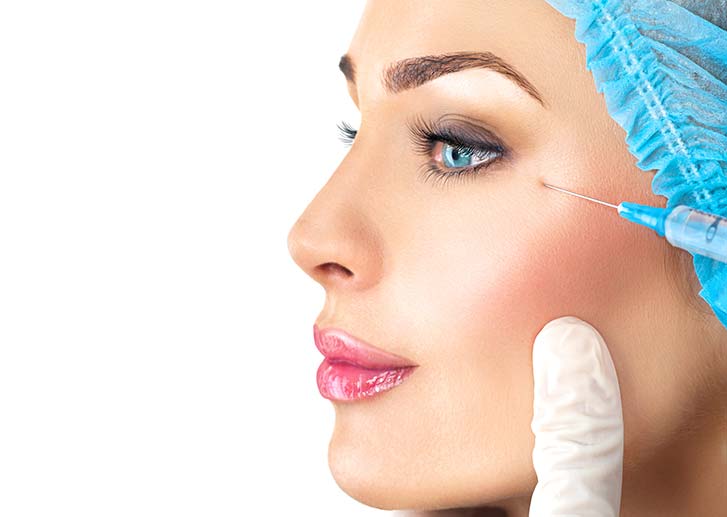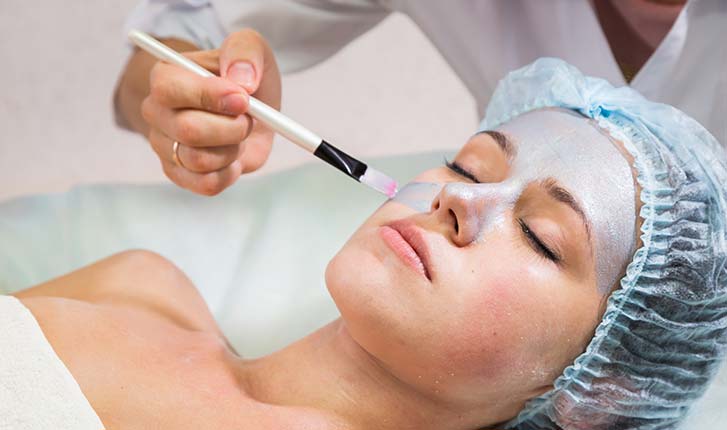13 Things You Can Do to Beautify Your Skin
Human skin is a study in contradictions. It’s our barrier to the world and yet it reacts to every stimulus with which it comes into contact. How do we protect the outer layer of our body while promoting its natural glow and vulnerability?
1) Hydrate Inside and Out
As refreshing as a cool blast of water feels on your face, just imagine how the rest of your cells feel when you drink it. Our bodies are predominantly comprised of liquids, so it’s important to maintain a healthy balance of H2O in your system. Staying hydrated serves several functions when it comes to the health of your skin: it replenishes damaged cells, regulates your body temperature and heart rate, and flushes impurities from your body. So enjoy a nice, tall glass of agua with your next shower!
2) Cleansing: Keep It Cool
Speaking of showers, don’t get overheated. Excessively hot water can dry out your skin, so be mindful of the temperature and always be gentle. There is no need for heavy pressure while cleansing. You don’t require anything but your hands for this step, although you may choose to use a washcloth.
3) Massage Products into Your Skin Gradually
While your doctor will encourage you to use moisturizer after cleansing, it’s also important to consider exactly HOW you apply these products. Massage the cream into your flesh in an upward motion, gently working it into the epidermal layer. This is important for all body types, as this is the step that feeds your skin.
4) When Life Hands You Lemons, Eat Them!
Citrus snacks nourish your liver and kidney, which in turn helps replenish your skin’s vitality. Along the way, Vitamin C also prevents wrinkles. Win-win!
5) Exercise for That Extra Glow
Aerobic activities have myriad benefits for the enduring health of your skin:
- Exercise releases endorphins, which reduces cortisol, an acne-forming agent.
- It also increases blood flow, which brings more oxygen to your cells.
- Vigorous movement amplifies your body’s natural production of collagen, the protein central to maintaining your skin’s elasticity and firmness.
- Sweating opens your pores, flushing out toxins in the process (but be sure to shower after you work up that sweat).
6) Got Chocolate?
Now that you’ve burned those calories, you’ve earned a chance to gain them back! Dark chocolate contains antioxidants, which reduce blemish-inducing toxins. A snack can also make you happy, and happiness promotes endorphins (see the exercise example above)!
7) Have Some Wine with Your Chocolate
Another decadent treat that promotes healthy skin: a glass of red wine. When consumed in moderation, the antioxidants in vino serve up a bevy of health benefits. As always, drink responsibly and consult a professional if you think you are developing a dependence on alcohol.
8) Mask Maintenance
Use masks every one or two weeks to detoxify, renew, and tighten your pores. Before you apply a facial mask, it is important to cleanse and tone. Be sure to leave the mask on your skin for five to 20 minutes, depending on the type you’re using. Gently and thoroughly remove the mask with warm water, and then tone and moisturize your face and neck.
9) Tea Time
Much like water (see above), tea is a mystical skincare product that can be applied externally as well as taken internally. By drinking chamomile tea, you ingest quercetin, a flavonoid (plant pigment) that bolsters your skin’s natural defense against the harmful UV rays of the sun. Other teas boost your immune system (thus guarding against diseases that could sap your skin’s healthy pallor) and aid in digestion (drawing toxins away from your epidermis).
Once you’re done brewing all of those delicious concoctions, save the bags and re-use them for additional skin love. The caffeine in tea shrinks the blood vessels under your epidermis and reduces the bags under your eyes, for example. You can also reach for a cool tea compress to alleviate sunburn pain. Speaking of which…
10) Don’t Skimp on the Sunscreen
This should go without saying, but the sun accelerates the aging process with every minute of exposure to its searing heat. Avoid the worst of these ravages by applying sunblock EVERY time you go outside.
11) Go Nuts!
Almonds are packed with Vitamin E and “good” fats like omega 3’s, all of which promote skin health. Not to mention, they’re loaded with protein that can help you stay active, thus feeding into your overall health even more.
12) Exfoliate with a Gentle Brush
The right brush can stimulate blood flow to the epidermis and exfoliate your skin as it goes. Use circular, upward, gentle motions with very gentle products. Remember that you are simply exfoliating dead skin, which takes very little pressure. Abrasive loofahs or shell powder-based exfoliants are not necessary. Remember to exfoliate your skin no more than every three to five days.
13) Reduce Makeup Use
Now that you’ve got your skin looking fresh and fierce, why cover it up? Excessive makeup clogs your pores and hinders the various successes you’ve achieved with the previous 12 steps.
If you have any questions or concerns about how to properly care for your facial skin, be sure to schedule a consultation with Dr. Binder. He can advise you on any cosmetic procedures you may want to enhance the healthy glow you’ve just attained, and keep you looking your best for years to come.
The 6 Products You Need in Your Skincare Routine:
-
- Cleanser
A good cleanser sets the stage for your whole routine. Ultimately, your cleanser should be gentle, water-soluble, and able to remove makeup. Avoid using anything with soap in it (soap’s pH level is too basic and will dry out your skin). When it comes to finding the best cleanser, let your unique skin be your guide and choose a product designed to target your primary skin concern (acne, dryness, oiliness, or sensitivity). - Toner
Toner often gets dismissed as overkill, but as part of a comprehensive skincare routine, a toner is actually pretty crucial. Not only does it remove any oil or makeup residue, it also preps your cleansed skin to receive whatever treatments you put on next. Choose a gentle, non-alcohol based formula with skin-repairing ingredients, as well as calming and anti-inflammatory properties. - Exfoliator
The best ways to go about exfoliating your face is to either use a cleanser with chemical exfoliants in it or a dedicated physical exfoliator. Either way, you should only use this product about two times a week. Chemical exfoliators are best for sensitive skin, and physical ones (with gritty bits) are good for occasional use if your skin is on the dry and flaky side. - Serums
Packed full of active ingredients, serums are for brightening, repairing, evening, smoothing texture, hydrating, and anti-aging. Some have multiple purposes and some are singular in the way that they work. You can layer serums or pick just one to focus on your biggest skin concern. - Targeted treatments
These are generally used for treating blemishes, dark spots, and physical symptoms of skin conditions like eczema. They usually have powerful ingredients that should be used sparingly and (usually) at night to avoid damage from sun sensitivity. - Moisturizer
Moisturizers are made for all kinds of complexions, either oil-free or loaded with skincare goodies like antioxidants and vitamins. You can use facial oil as a moisturizer too, no matter what your skin type.
- Cleanser
In the event that none of the above alleviate the entirety of skin health-related issues or concerns you have, cosmetic options such as chemical peels or microdermabrasion may be the answer you’re looking for. In the event that you believe a professional cosmetic solution is the way to move forward, make sure you discuss this at length with the plastic surgeon you’re considering before making any impulsive decisions.
Consult with Dr. Binder
If you have any questions or concerns about how to properly look after your facial skin or the cosmetic options that are available to you, then be sure to book a consultation with Dr. Binder.

